Media literacy encompasses various subsets, including news literacy and health media literacy. Traditionally, media literacy has focused on critically analysing news, advertising, and mass media entertainment. On the other hand, health media literacy involves making informed decisions regarding aspects such as nutrition, exercise, and substance abuse (Hobbs, 2010). The significance of health media literacy for older individuals has been emphasized, as they represent a significant consumer demographic for various health technologies, information, and services (Jin et al., 2019).
In today’s world, the primary inclination of a vast majority of individuals is to turn to the Internet for various purposes. This includes staying informed about the latest happenings and events, gaining knowledge about the symptoms of illnesses, scheduling medical appointments, comparing different financial investments, engaging in online grocery shopping with home delivery services, ordering food, watching tutorials related to their hobbies, even making tutorials and starting a channel on Youtube and participating in online discussion groups to share their ideas.
Digital media holds immense power over our culture and society. While accessing information through media is crucial, it is even more vital to possess the ability to analyse and discern reliable sources from misleading ones. With the abundance of information available on digital platforms, especially regarding health-related matters, our decision-making processes can be greatly influenced. Failing to critically evaluate media content can result in making poor choices, experiencing exclusion, social isolation, and even developing technological anxiety (Rasi et al., 2021).
Moreover, the advancement of information and communication technologies has propelled us into new roles. We are no longer passive recipients of information but active creators of media content. This ranges from sharing news, photos, videos, and various other forms of content. Furthermore, the evolution of information and communication technologies has transformed us from passive information recipients to active content creators. We now have the power to shape media through sharing news, photos, videos, and other forms of content. As we navigate this digital landscape, it becomes increasingly crucial to understand the influence of media, be discerning consumers, and actively contribute to the ever-expanding realm of digital content creation.
Moreover, the rapid development of information and communication technologies has ushered in a new era where individuals are no longer mere passive recipients of information. We have become active participants, shaping the digital landscape by sharing news, photos, videos, and more. As we navigate this dynamic media landscape, it is imperative that we cultivate media literacy, harness the power of digital media responsibly, and actively engage as creators and contributors in the digital realm.
In conclusion, the profound influence of digital media on our culture and society necessitates our active engagement and critical evaluation (Livingstone, 2021). Accessing information is essential, but the ability to analyse and discern reliable sources is paramount. Neglecting to approach media content with a discerning eye can have far-reaching consequences, from making ill-informed decisions to experiencing social isolation and technological anxiety (Valkenburg & Peter, 2013). Moreover, as active participants in the digital landscape, we have the power to shape and contribute to the ever-expanding realm of digital content creation (Jenkins, 2006). By embracing media literacy and responsibly harnessing the potential of digital media, we can navigate this digital era with confidence, make informed choices, and actively contribute to the evolving narrative of our interconnected world.
If you enjoyed reading above article, feel free to leave your feedback below. Stay up-to-date with the MEAA project for useful resources that will support you on understanding and creating digital content. You can find out more at meaa-erasmus.com, and don’t forget to follow us on our social media channels:
Facebook: MEAA-Erasmus | Facebook
References:
- Hobbs R. (2010). Digital and media literacy: A plan of action (A white paper on the digital and media literacy recommendations of the Knight Commission on the Information Needs of Communities in a Democracy). The Aspen Institute, Communications and Society Program.
- Jenkins, H. (2006). Convergence culture: Where old and new media collide. New York University Press.
- Jin B., Kim J., Baumgartner L. M. (2019). Informal learning of older adults in using mobile devices: A review of the literature. Adult Education Quarterly, 69(2), 120–141.
- Livingstone, S. (2021). Media literacy and the challenges of new information and communication technologies. Journal of Media Literacy Education, 13(1), 1-11.
- Rasi P, Vuojärvi H, Rivinen S. Promoting media literacy among older people: A systematic review. Adult Education Quarterly, 2021, 71(1): 37–54.
- Valkenburg, P. M., & Peter, J. (2013). The differential susceptibility to media effects model. Journal of Communication, 63(2), 221-243.

